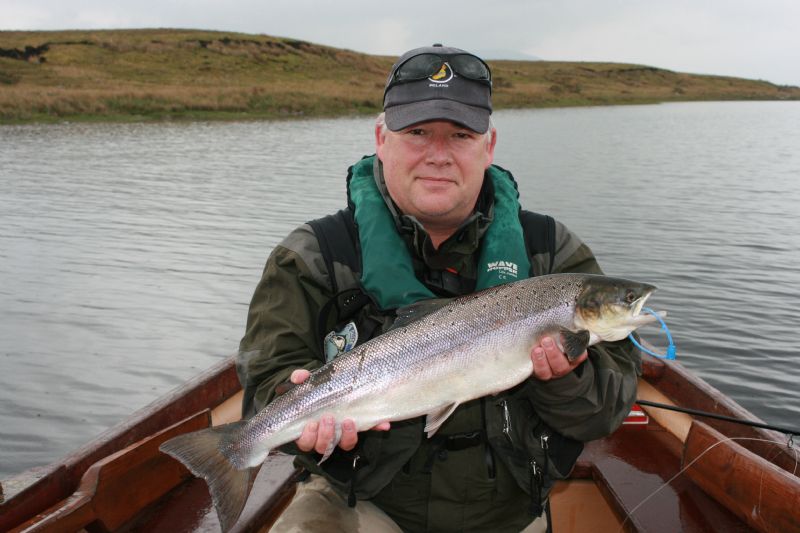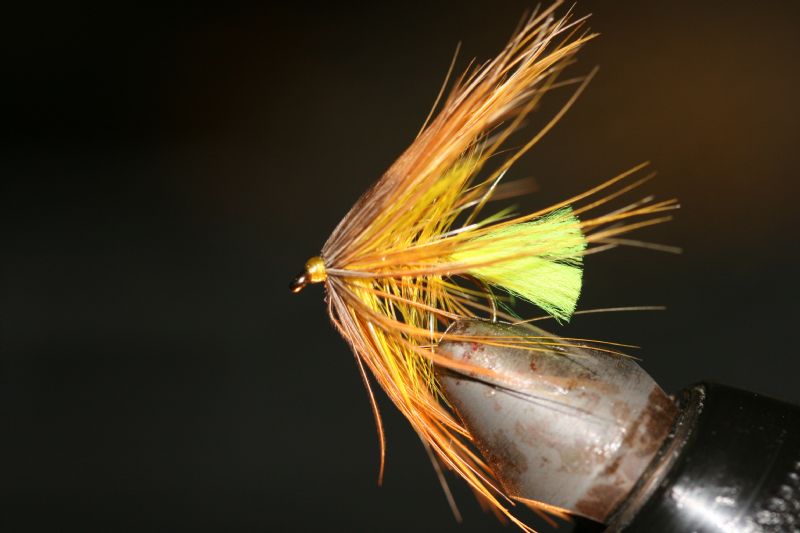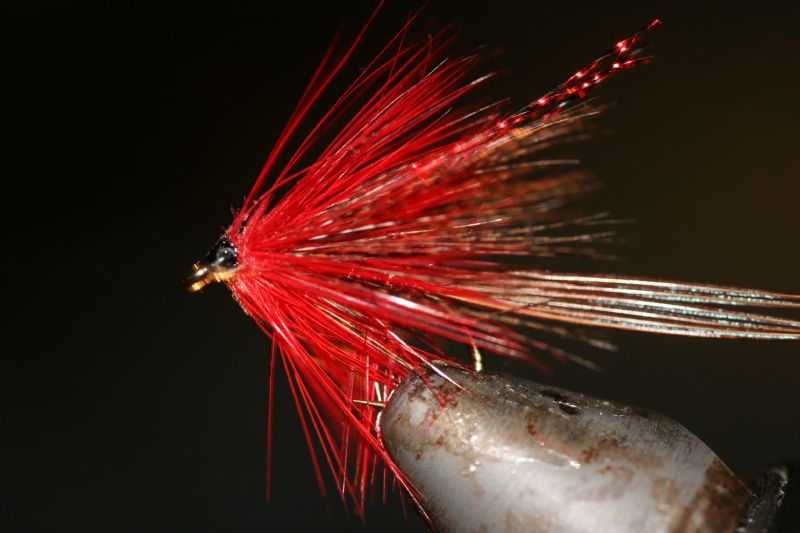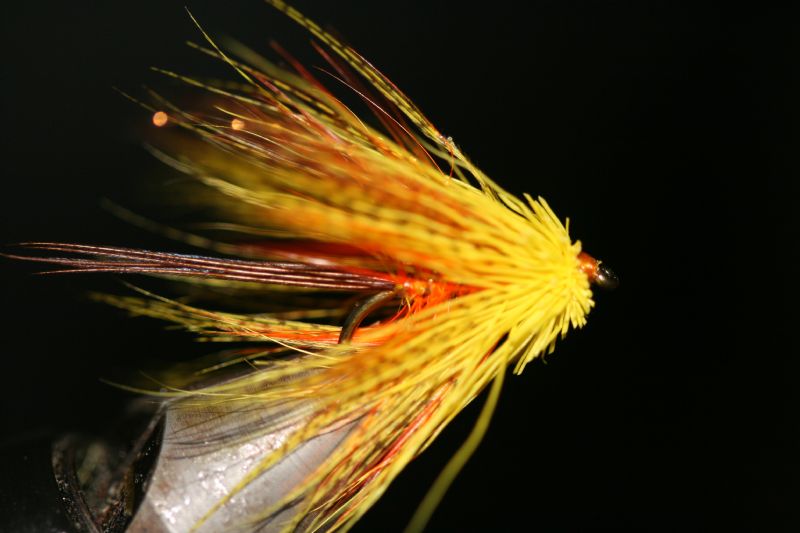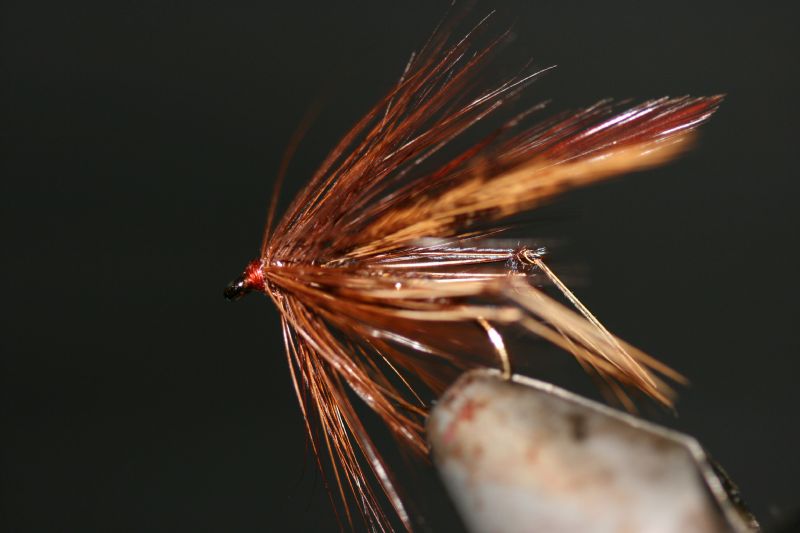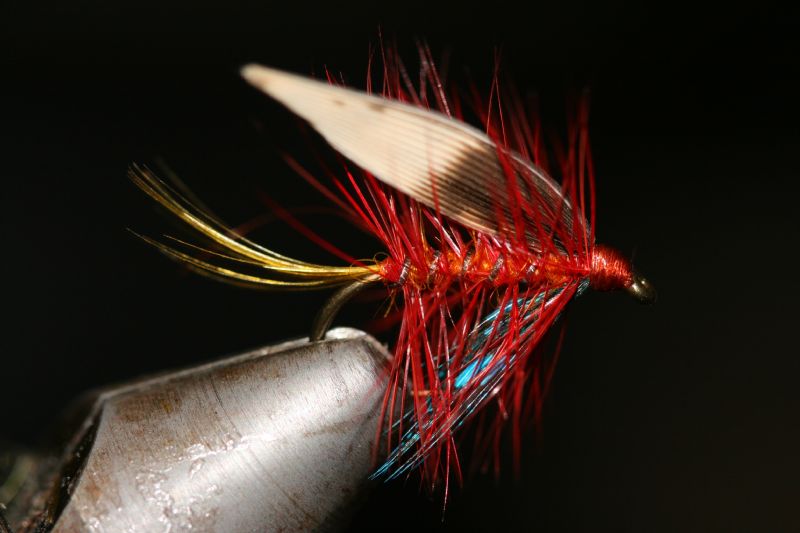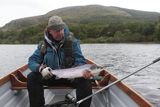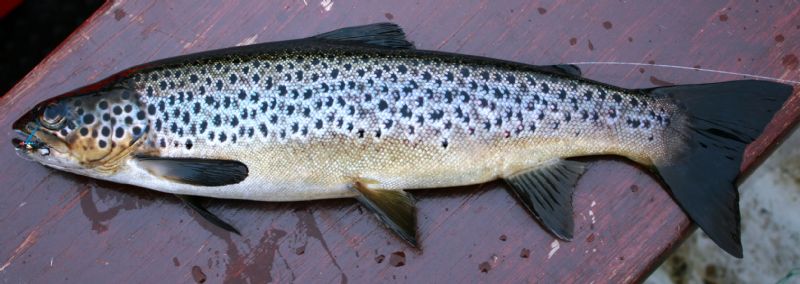Boats, Salmon and the Irish by Mark Corps
Boats, salmon and the Irish, by Mark corps
Fishing out of a boat ‘lough style,’ is a traditional method of top of the water fishing particularly popular along the Celtic fringe, (Wales, Scotland and Ireland). A fly fishing method that many anglers including myself, were first introduced to, usually targeting trout. For salmon this style of fishing is almost exclusively Irish, but then Ireland is somewhat unique in having lots of loughs with salmon. For example Currane, Corrib, Carrowmore, Beltra, Eske and Finn give the angler not only the chance to catch trout but salmon, sea trout and brownies as well.
Many fly fishers after graduating from their initial casting lessons (usually on the lawn at home); start their fishing career in a boat. Boats are good venues for the novice fly fisher as first and foremost there is seldom anything to hook on the back cast, such as bushes, trees, cows and passers by. Poor casting will also not be penalised or flies lost! Casting is relatively easy as the wind is always on ones back helping the forward cast and straightening the line (no need for tight loops). Distance is not a requirement as the fish will often take the fly inches from the boat. The angler will constantly be drifting over fresh fish, so as long as they avoid tap dancing on the floor of the boat, they have a good chance of catching them. Finally another angler is always close by to lend a hand or a word of advice or net / photograph a fish, if and when required. From a pure comfort point of view, when fishing in the ‘west’ from late April onward midges can be a problem. No matter how bad on the bank, they are never as problematic afloat.
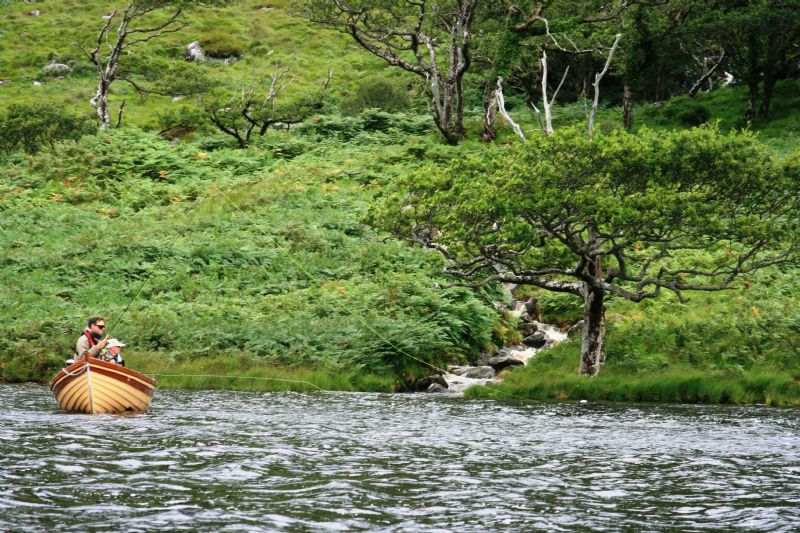
Typical Irish Lough set-up, fishing the drift
When I was first introduced to this style of fishing the standard tackle was of fibreglass 11 ft rods with floating lines and a three fly leader. Casts were made relatively short (10 to 20 feet) and the rod was raised throughout the retrieve to work or ‘dibble’ the top dropper across the water surface to create a wake. This style of fishing has not changed but in the intervening 40 plus years unsurprisingly their have been developments in tackle. Carbon has replaced fibreglass and the fashion has been for the rod length to be slightly reduced (most now 9 ½ - 10 ½ ft). Shorter rods have an advantage in that they do not have the same leverage as longer rods, not straining wrists to the same degree. However they are not so easy to work the fly on the dibble.
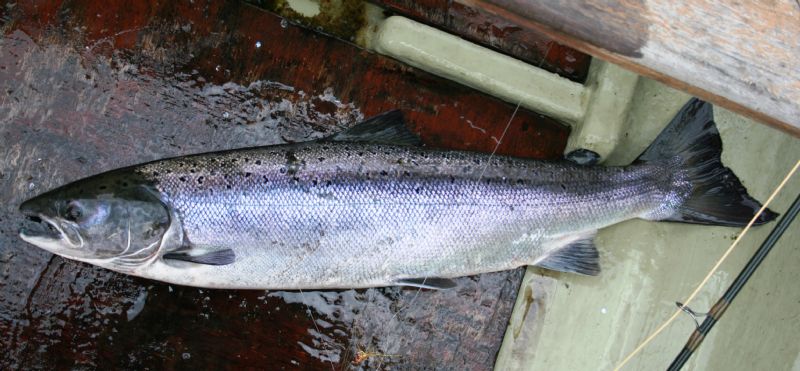
A 9lb Lough Eske springer, about to be returned
On the large loughs the fish have plenty of room to move and hide. By employing a drifting boat, anglers maximise their chance of coming across fish. Boats are positioned at ninety degrees to the prevailing wind and allowed to drift. Theoretically boats drifting downwind move away from the bow, however this can be altered by how the boat is loaded, where the fishers are sitting as well as if the engine is in the water or not. Though not generally popular in Ireland (and considered dangerous by some) I always carry a drogue to use on particularly windy days.
Irish loughs can be big – very, very big. As such it is not always easy to find ones prey. Trout tend to follow the food, but not salmon. Salmon like certain ‘areas’ and features in loughs. Identifying these boosts the chance of a hook up! Expanses of sand, where rivers flow into loughs (and out) are favoured. Also Like naughty adolescents they will hang around prominent objects like large boulders, and strangely they seem irresistibly drawn to any fence post in a lough! Year in and year out they will be found in the same areas, so local knowledge can greatly enhance the chance of catching a fish or two.
The author, with a Carrowmore springer, caught in a flat calm!
The boats tend to be solid, clinker built and those about 19 ft long are favoured. The angler on the engine takes control of the boat. Normally the upwind oar will be seen trailing behind the boat; this is used to make subtle adjustments to the drift. More affluent anglers do the same with an electric motor.
With two (and one occasionally sees three) anglers casting in close proximity this can cause problems. As such there is a clear rule when casting, that is one casts at 90 degrees to the boat drift. Any casting into your boat partner’s water should be requested first, though this can and often does go out of the window if all the fish are rising on your partners side of the boat. The major problem of anglers not sticking to this basic point of etiquette is apart from annoying your boat partner there is a real danger of someone being hooked and or tangling leaders in mid air (the moment this happens the most dour lough will come alive with fish!).
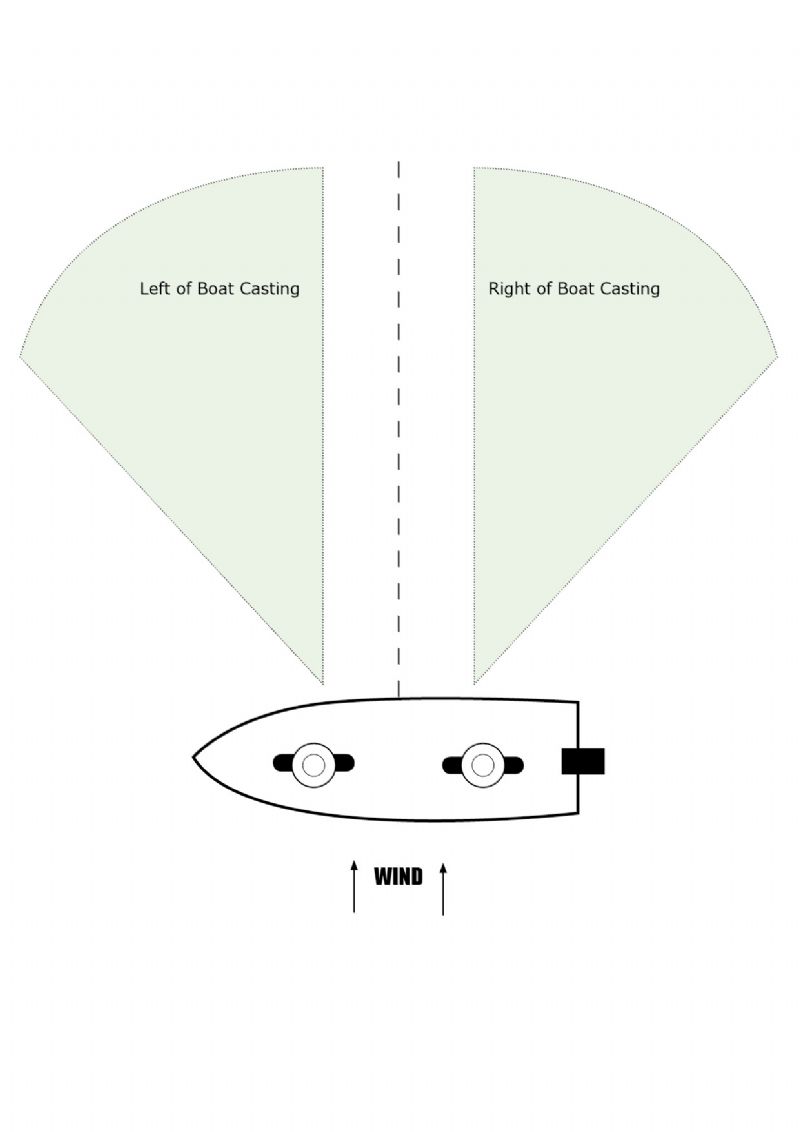
Casting etiquette on a boat
On loughs with the potential to come across salmon most anglers would have a leader set up of fluorocarbon or monofilament in the 8 – 12lb class. As for flies, one old adage states
‘Bright day, bright fly
Small wave small fly’
Another
‘Big wave, big bushy fly.’
With trout the answer is, match the hatch. Salmon are however more interesting as they do not feed in fresh water (even though I have caught one on a dry olive and one regularly hears of them taking Mayflies during hatches).
Many anglers use a small (size 8 – 14) shrimp pattern (tied on a treble) as the point fly. This is always said to be for the salmon and the other flies on the cast for the trout. I have found the reality to be far from this. Of the spring salmon I have caught on Carrowmore Lake, none have come to the salmon fly, the majority come to the top dropper. They happily take the size 12 Black Silverhorn I use as my top dropper from spring to the end of the season. Many anglers would not go afloat with out a Green Peter as bob, as it such a good salmon catcher.
As a general rule I reduce the size of my salmon flies as the season progresses.
From experience I have found that Irish patterns work best in Ireland. I have watched visitors toil with their home grown patterns to come off second best to the flies born of the loughs and bog. The following are a few to consider when making up a cast;
The point fly – Apache, Silver Wilkinson, Bann Special, Curry’s Red shrimp.
Middle dropper – Clan Chief, Connemara black, Raymond, Black Pennell.
Top dropper – Melvin Gosling, Green Peter, Black Silverhorn, Claret Bumble
Ideally the top fly when dibbled should create a wake – something seen as vital to enticing the fish up. The top dropper creates a wake and though the fish may not take this fly it attracts the fish to the others.
Yellow Octopus
Melvin Claret Dabbler
Melvin Gosling
Melvin Daddy
Raymond
Most Irish like a ‘good wave’ on loughs to make it fish well. However certain loughs like Carrowmore buck the trend. My first ever Carrowmore ‘springer’ was caught in a flat calm. I clearly remember, though only April to my complete frustration midges were starting to annoy me. I was bemoaning the nasty ‘wee beasties’ to my boat partner when my rant was rather rudely interrupted by 7 lbs of bright silver fish, cart wheeling away across the lough. Generally the best and most comfortable conditions are a force 2 or 3 wind. No two days spent on a lough are the same. The lough will fish differently due to vagaries of the wind (direction or strength) waves, height of lough, temperature, how long the fish have been in the system, as well as their mood!
It must be noted that the loughs are large bodies of cold water. They are not benign pieces of water as every year anglers are drowned. If visiting a lough for the first time it is recommended that one should take a local guide. A good guide will point out the areas to fish, importantly also the areas and hazards to avoid.
Finally when fly fishing out of a boat there are a few rules relating to boat etiquette and safety that are worth considering.
- A key rule is no standing up. The logic to me is that if you do not stand up, you cannot fall over. People loosing their balance in boats can potentially cause them to fallout of the boat (which I am yet to see) but they certainly do injure themselves or worse damage kit.
- One must wear personal buoyancy, (it is the law in Ireland).
- All should wear both hats and glasses, as moving flies are dangerous! I have on occasion hooked my own clothing but find novices / boat partners to be far more effective at this than me.
- Always take waterproofs / extra clothes with you. Irish weather can give you a taste of all of the season’s within a couple of hours so whatever the conditions when you start, all one can say is that they will change. There is nothing worse than finding the fish in a responsive mood and you have to go back in because your partner is cold / wet or both.
If you have not tried this style of fly fishing you should. As long as you avoid having a ‘numb bum’ from sitting on a hard wooden bench all day it is an enjoyable way to fish. Most importantly it works and if on one of the wild Irish loughs you can have an unforgettable angling day.
Mark.H.V.Corps




.JPG)
